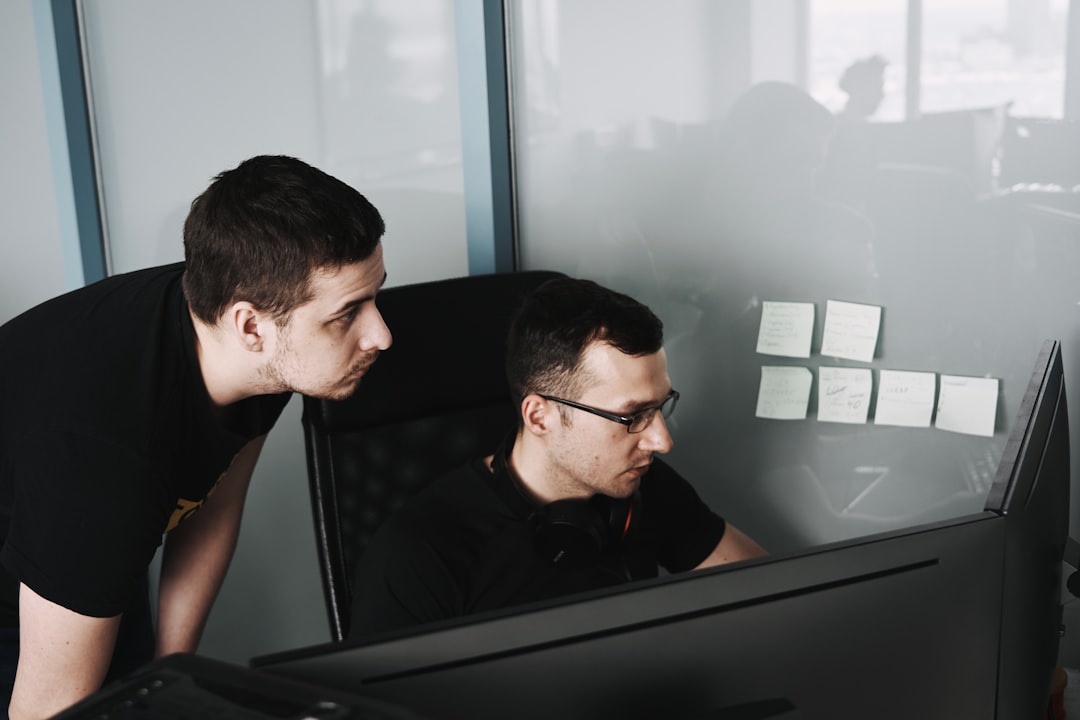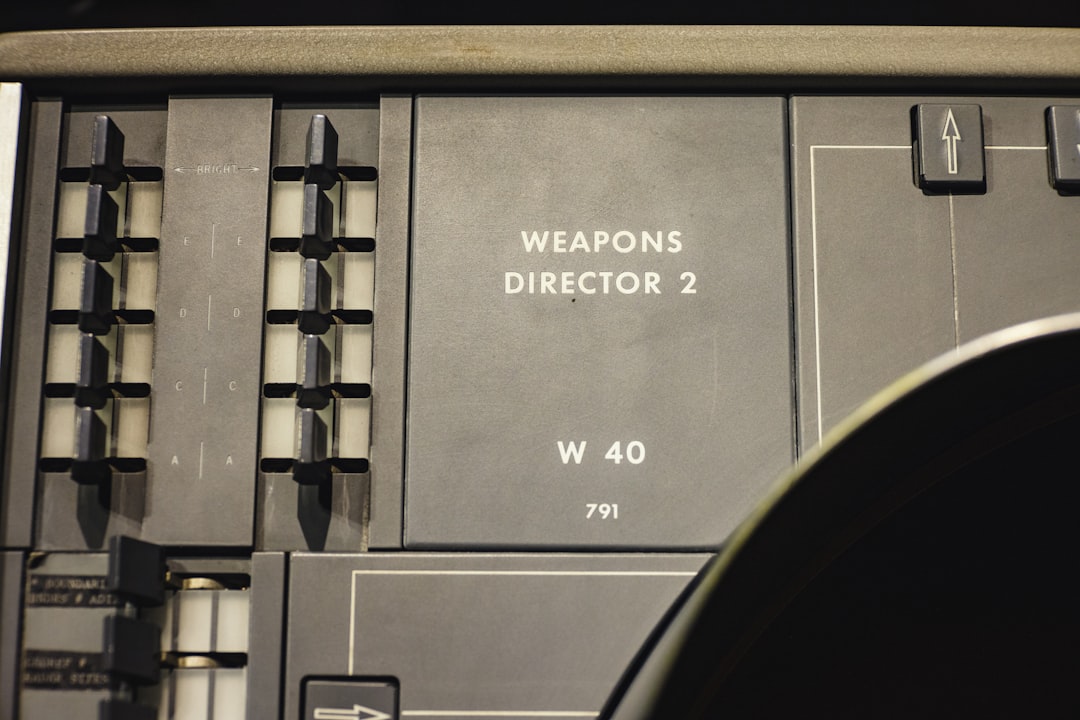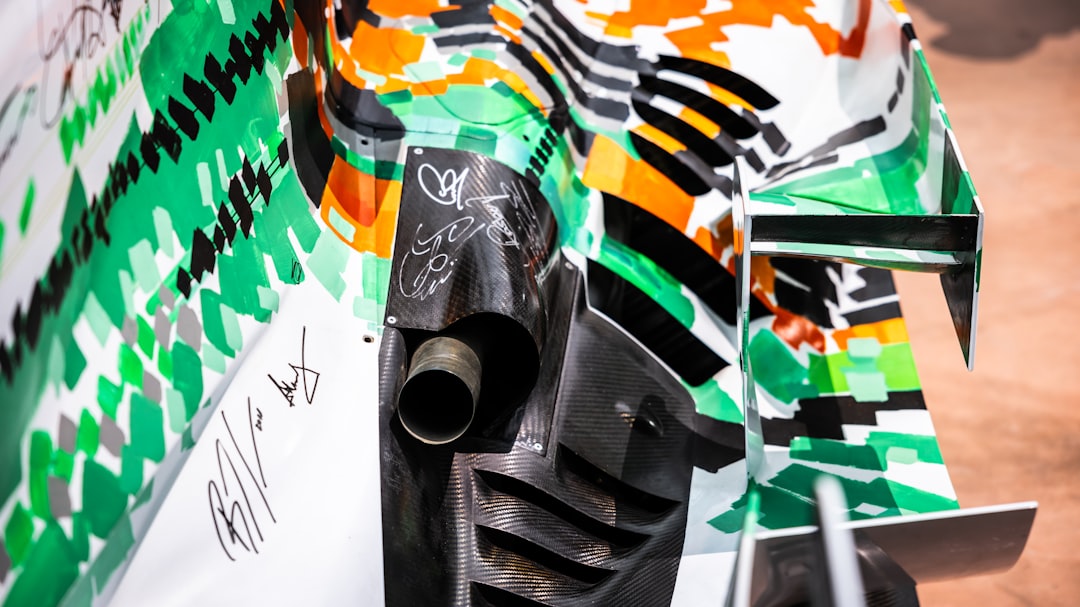Have you ever played a game of Valorant and thought, “Wait a minute… these enemies seem a little too coordinated?” Chances are, you might be playing against a group of friends who queued together. Knowing if players are in a group can explain their teamwork, weird strategies, or just strange vibes. Let’s break it down and learn how to spot those sneaky squads!
Why Does It Matter?
When players queue together, they usually communicate better. They share info faster, trade kills more efficiently, and often have set plays. That’s a big advantage! If you know a team is grouped, you can adjust your own game plan to deal with it.
1. Look at Their Nicknames
This one’s simple. If you see players with similar names, like:
- xX_ProJack_Xx
- xX_ProMax_Xx
- xX_ProLuna_Xx
Yeah… they’re definitely friends. Not everyone does this, but many groups use matching tags or themes. It’s a small clue, but very useful.
2. They Follow Each Other Around
Pay attention during the game. If you notice two or more players sticking close together all the time, they’re likely grouped. They might double peek corners, cover each other while planting, or always push the same site.

This kind of togetherness usually means voice chat coordination. That’s a lot easier in a group than with randoms.
3. They Defend Each Other in Chat
It’s the heat of the match. Someone on your team says:
“Sage, why didn’t you heal me???”
And suddenly, Phoenix types:
“Leave Sage alone, man. She’s doing fine.”
You’ve just seen some in-game friendship in action. Grouped players often stick up for each other. You can spot these bonds through chat behavior, especially if things get tense.
4. Match History Tells the Truth
If you’re super curious, tools like Tracker.gg can help. After a match, look up the usernames. If the same names keep popping up together in their recent games, it’s no coincidence—they’re queuing as a group.
5. They’re Using Weird Strats—and They Work
Seen a team rush A site with five shorties? Or pull off a perfect five-man Odin stack? Yeah, that’s not a ranked team of solos. That’s the power of coordination.
Random players don’t usually go for funky stuff unless they’re all on the same wavelength. And nothing says “wavelength” like Discord, laughter, or group voice chat.

6. They Don’t Tilt
Ever noticed how some teams never get toxic, even when losing? Or they all say “gg” and move on like it’s no big thing?
Those are probably friends just enjoying the game. If they’re not flaming each other after a failed round or missed clutch, they might be a stack. Grouped players usually play to have fun—win or lose.
7. They All Insta-Lock Their Roles
In solo queues, people usually argue over roles—like five people wanting Duelist. But grouped players often have pre-set roles. They’ll lock in Breach, Sage, Omen, etc., super quickly and perfectly fill every position.
Fast clean picks = squad behavior.
8. They Use Matching Skins
Imagine this: You’re on defense when the enemy team pushes site. You get eliminated by four glowing pink Prime Vandals—exact same skin, color, and effects. Yep, they’re probably showing off their synced loadouts.
Groups often coordinate skins, gun buddies, even sprays. It’s stylish, and also intimidating.

9. Listen for Similar Voice Tones
If you’re on voice chat with some of them, pay attention. Do two players constantly talk to each other like they’ve known each other forever?
You’ll hear stuff like:
- “Yo bro, flash now!”
- “Same play like last time?”
- “Haha remember when we did this on Ascent?”
That’s some buddy chemistry right there. It usually means they’re queued together.
10. Same Party Borders
Sometimes the game shows party borders in the loading screen. If you see two or more players with the same colorful outline or rank border, they’re grouped. This doesn’t always appear, but when it does—it’s a giveaway.
Is It Bad to Play Against a Group?
Not always! But it can feel unfair if coordination is tight. That’s why Riot tries to balance teams with similar skill and setups. Usually, if a full 5-stack is on one side, the other team gets matching conditions too.
Still, knowing you’re facing grouped players can help you play smarter.
What Should You Do If You Suspect a Stack?
- Play safe early rounds. Let them show their tricks.
- Call out doubles and trades. Assume they’ll back each other up.
- Watch for patterns. Groups often repeat successful plays.
- Stick with your team. Don’t wander alone and get picked off.
Bonus Tip: Join a Stack Yourself!
It’s more fun with friends. Queue with people you know, share your callouts, and plan wild strategies. Plus, it’s way less toxic. Life’s better in a 3-stack or 5-stack!
Wrap-Up
Next time you’re playing Valorant and things feel a little too organized on the enemy side, think back to this guide. From names and skins to weird strats and buddy banter—it’s not hard to tell when players are queued together.
Use that info to your advantage. Stay alert. Adjust your play. And maybe find your own stack to climb the ranks with!
Good luck out there, Agent.
